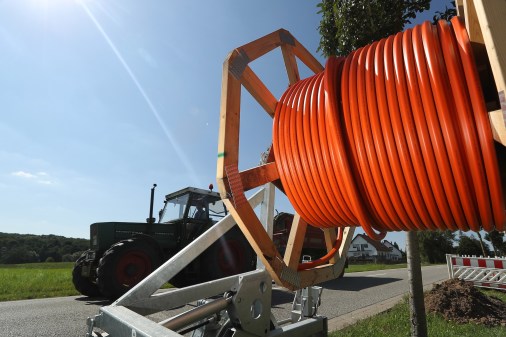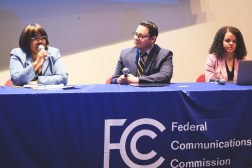Report tells counties how to close the digital divide

A report published Wednesday by the National Association of Counties is reinforcing local officials’ beliefs that the COVID-19 pandemic only made broadband access more crucial for the unconnected, but that there are still more steps counties can take to close the digital divide.
The pandemic made broadband access a requirement to participate in work, education and, in many cases, health care, boosting “what was already a shift to an almost fully digital world,” according to Craig Rice, a council member in Montgomery County, Maryland, who sits on NACo’s broadband task force. NACo convened the task force last October to explore strategies for counties to expand broadband in their communities and identify the most common obstacles to access. The 36-member group concluded that county officials can take on several roles — policymakers, funders, data aggregators, conveners and partners — in their efforts to close the digital divide.
The report also said officials should be open to working with various technologies, including fiber, satellite and cellular, while establishing a rapport with the federal government and internet service providers.
“The work of this task force and the findings of this report are critical, with too many of our residents on the wrong side of the digital divide,” J.D. Clark, the county judge of Wise County, Texas, said in a press release. “This report is a deep dive into the work that needs to be done by all of us – elected officials, providers and community partners – to bridge that divide and level the playing field for communities, businesses and families forced to use antiquated 20th century technology when 21st century solutions are available, sometimes just a county away.”
The report includes research and case studies from 28 counties that implemented the strategies outlined by the task force, including defining a minimum broadband standard — one higher than the FCC’s speed definition of 25 Mbps download, 3 Mbps upload — and removing barriers to municipally managed broadband networks. Task force researchers found at least 18 states with laws in place to limit municipal networks, “effectively limiting opportunities for counties and municipalities to … overcome otherwise cost-prohibitive service opportunities,” the report read.
High-speed internet itself, the task force found, should be regulated as a utility, rather than a private service as it largely is now. With broadband as a utility, network access could be leased to providers, rather than ISPs building redundant infrastructure to compete.
The task force also called for peer-review of the data used to develop broadband-coverage maps, advising that the data is derived from
The data that broadband coverage maps are based off of should also be peer-reviewed, the report said, and derived from trusted internet speed testing apps, such as one developed by NACo, called TestIT. With more accurate data, the report said, communities can better quantify where they need help and what kinds of resources they need.






